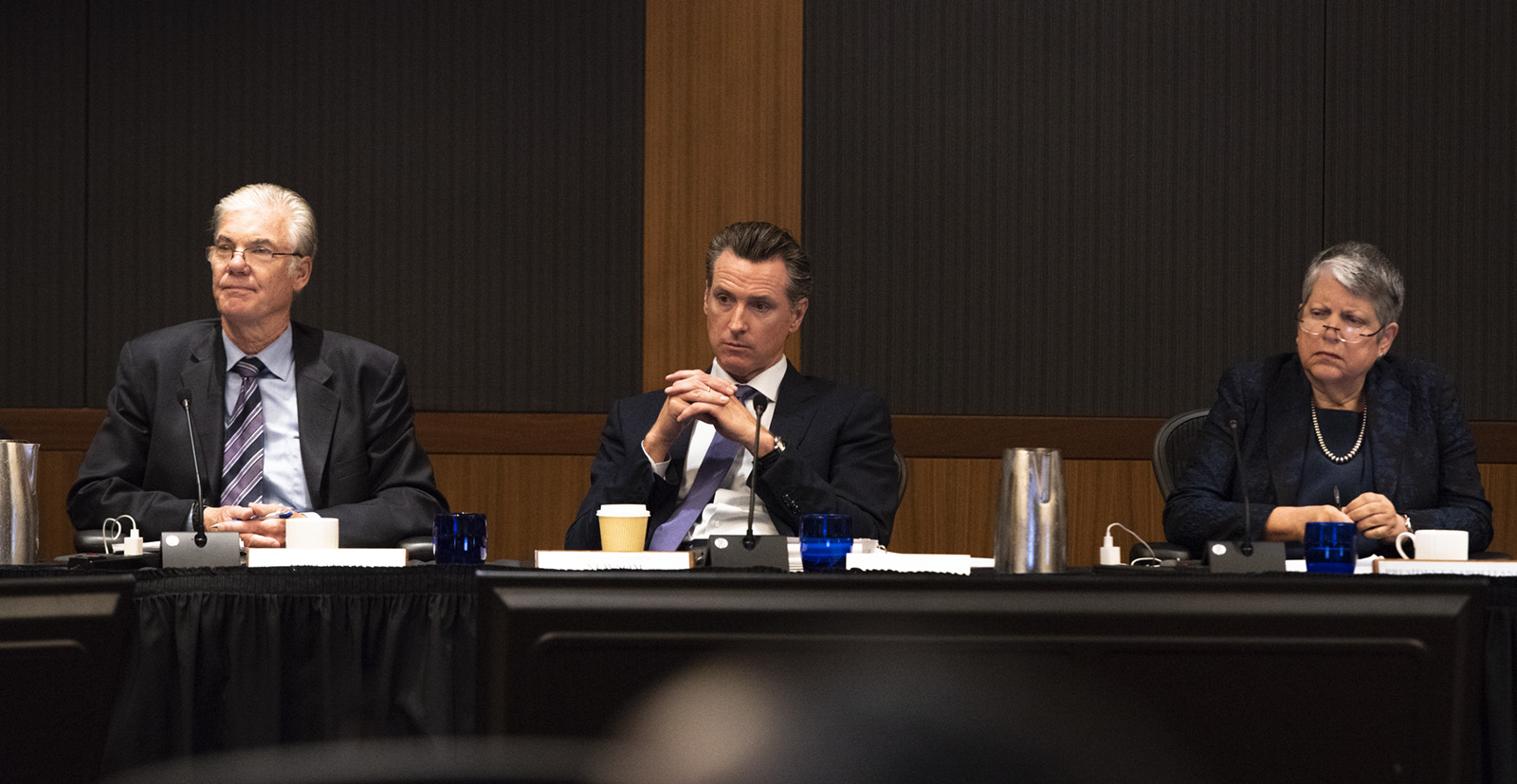UC Regents recap – Sept. 27

(Kristie-Valerie Hoang/Daily Bruin senior staff)
By Megana Sekar
Sept. 28, 2018 1:10 a.m.
The governing board of the University of California met for the third day of its September meeting at UCLA on Wednesday. The Board of Regents discussed committee reports and the format of its future meetings.
Board of Regents
- The Academic and Student Affairs Committee noted that criteria for membership in the Academic Senate can be unclear. They clarified that tenured faculty members will be members, though those with potential tenure may be considered.
- Regent Laphonza Butler asked whether the Academic Senate has had any discussion with the University Council – American Federation of Teachers, which has voiced many concerns with UC. Robert May, a distinguished professor of philosophy at UC Davis, said that there has been no communication.
- Regent Cecilia Estolano clarified that the change in criteria will not reduce the membership of the Academic Senate whatsoever.
- The National Laboratories Committee said that the three labs under UC ownership are pursuing further development of health, environment and aerospace technology. Kim Budil, vice president for National Laboratories, said that the new Los Alamos contract is running smoothly with no bumps to report. She added Lawrence Livermore Laboratory was used in the Star Trek movies as the background of the starship Enterprise.
- UC Health executive vice president John Stobo presented about the UC Health system. He discussed the history of UC’s academic health systems, and where they should go in the future. He said he thinks the UC Health system hugely benefits the public by providing affordable care.
Governance and Compensation Committee
- The regents discussed the structures of all of their committees, including the different names and how many regents are on each committee.
- Two years ago, the regents reduced the total number of committees from 10 to eight, and added subcommittees. The regents reviewed the decision during this meeting.
- The regents mostly agreed that allowing regents to specialize in certain issues by focusing on fewer committees is beneficial. They concluded that being in fewer committees allows the regents to go over certain issues extensively. Therefore, meetings that occur simultaneously are acceptable.


